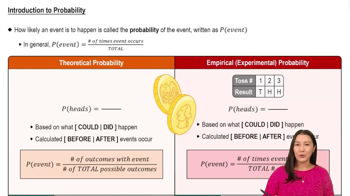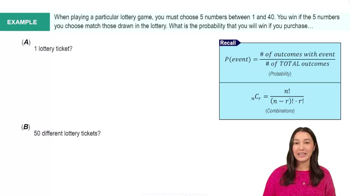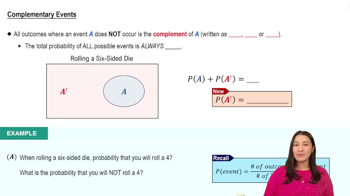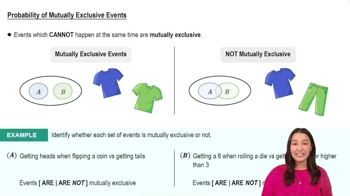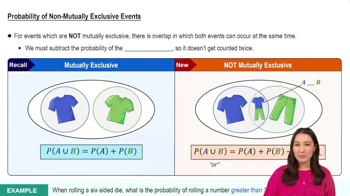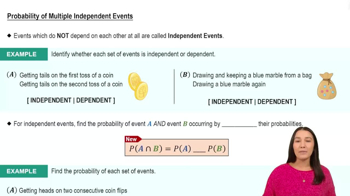Table of contents
- 0. Fundamental Concepts of Algebra3h 29m
- 1. Equations and Inequalities3h 27m
- 2. Graphs1h 43m
- 3. Functions & Graphs2h 17m
- 4. Polynomial Functions1h 54m
- 5. Rational Functions1h 23m
- 6. Exponential and Logarithmic Functions2h 28m
- 7. Measuring Angles40m
- 8. Trigonometric Functions on Right Triangles2h 5m
- 9. Unit Circle1h 19m
- 10. Graphing Trigonometric Functions1h 19m
- 11. Inverse Trigonometric Functions and Basic Trig Equations1h 41m
- 12. Trigonometric Identities 2h 34m
- 13. Non-Right Triangles1h 38m
- 14. Vectors2h 25m
- 15. Polar Equations2h 5m
- 16. Parametric Equations1h 6m
- 17. Graphing Complex Numbers1h 7m
- 18. Systems of Equations and Matrices3h 6m
- 19. Conic Sections2h 36m
- 20. Sequences, Series & Induction1h 15m
- 21. Combinatorics and Probability1h 45m
- 22. Limits & Continuity1h 49m
- 23. Intro to Derivatives & Area Under the Curve2h 9m
21. Combinatorics and Probability
Probability
Struggling with Precalculus?
Join thousands of students who trust us to help them ace their exams!Watch the first videoMultiple Choice
The spinner below has 6 equal regions. Find the probability of landing on yellow for the first spin and not landing on yellow on the second spin.
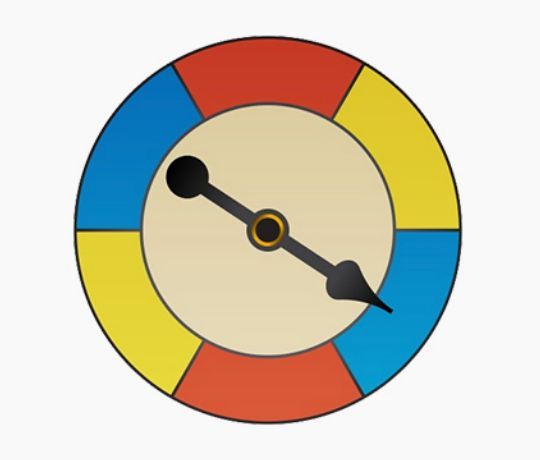
A
0.11
B
0.22
C
0.66
D
0.88
 Verified step by step guidance
Verified step by step guidance1
Count the number of yellow regions on the spinner. There are 2 yellow regions out of a total of 6 regions.
Calculate the probability of landing on yellow for the first spin. This is the number of yellow regions divided by the total number of regions: \( \frac{2}{6} \).
Simplify the fraction \( \frac{2}{6} \) to \( \frac{1}{3} \) to find the probability of landing on yellow on the first spin.
Calculate the probability of not landing on yellow on the second spin. Since there are 4 non-yellow regions, the probability is \( \frac{4}{6} \), which simplifies to \( \frac{2}{3} \).
Multiply the probability of landing on yellow on the first spin (\( \frac{1}{3} \)) by the probability of not landing on yellow on the second spin (\( \frac{2}{3} \)) to find the combined probability of these two independent events.

 5:37m
5:37mWatch next
Master Introduction to Probability with a bite sized video explanation from Patrick
Start learningRelated Videos
Related Practice

